What types of greenery should you plant in your country house?
Any summer resident, thinking over the layout of his site, will definitely provide for a place for greenery - this is how young shoots of edible plants are called. And not only because it is a tasty and healthy addition to any dish. Greens are easy to plant, they are unpretentious in their care and are often frost-resistant. Therefore, anyone, even a novice gardener, can grow a rich harvest. Lush vegetation in the beds and bright colors delight the eye from early spring to late autumn. And the taste and aroma cannot be compared with the market or store specimens. It remains only to decide what of the greens to plant in the country with such a variety of species and varieties offered by modern producers?
Early cultures
In order to have fresh greens on the table throughout the summer season, it is worth resorting to the conveyor planting method. Depending on the properties of green crops, they are planted in three stages. First of all, cold-resistant plants are planted that can withstand small frosts.
Parsley
A very hardy biennial plant that can withstand frost down to -90C. The characteristic features are triple dissected leaves and a large white root. An umbrella of light green flowers appears in the second year of the plant's life. Due to its rich chemical composition, which includes vitamins, essential oils, folic acid, iron, iodine and many other trace elements, it has a beneficial effect on the human body and is used not only as a seasoning for dishes, but also as a medicine and cosmetics.
What is important for summer residents to know about parsley?
- For planting, it is worth choosing a sunny, unshaded area, since the plant needs a lot of light.
- It is recommended to apply complex mineral fertilizers based on superphosphate to the soil in the spring, and rotted manure in the fall.
- The varieties differ in terms of ripening and leaf shape. The most popular among summer residents are ordinary parsley, Curly, Sugar and Urozhainaya.
- Before sowing, it is worth soaking the seeds in plain warm water. As soon as they swell, spread out on damp paper until green sprouts appear.
- You need to plant seeds in a hole no more than 2 centimeters deep, then sprinkle with earth without tamping.
- Parsley seeds can germinate at a temperature of 30 FROM.
Advice
The best way to preserve parsley is to freeze it. At the same time, the appearance, taste and useful composition of the plant are preserved.
Chard
This plant is a relative of ordinary beets, and in recent years it has been gaining popularity for its valuable nutritional, medicinal and decorative properties. Petioles and leaves are eaten, where all useful substances accumulate, and the root crop does not develop in this species. In Europe, the plant is widely used to decorate flower beds because of the bright color of the stem. In addition, chard has a long root system, which allows it to get along well next to companion plants.
- Swiss chard seeds remain viable for 3 years and germinate in rather cold soil, at a temperature of about 5 0 FROM.
- It is better to plant them in soil rich in organic matter to a depth of 2.5 cm.
- The seeds are soaked before planting.
- Slightly grown seedlings must be thinned to ensure normal access of air and nutrients to each plant.
- It is worth getting rid of parasitic plants immediately, as they interfere with the formation of large rosettes.
Advice
Choose a well-lit place to grow chard.Being in the shade contributes to the accumulation of nitrates in the leaves of the plant. For the same reason, the first welding water should be drained.
Arugula
This plant came to us from Italy and, thanks to its unique aroma and unusual mustard-nut taste, immediately fell in love with true connoisseurs of delicacies. Knowing some of the intricacies of planting and care will help grow a rich harvest of this green crop.
- Arugula is a cold-resistant crop, and the optimal temperature for growing it is 18 0C. If you sow arugula in the heat, then it will quickly go to the arrow.
- Planting time is from April to mid-August. To keep fresh arugula leaves on your table for the entire summer season, it is worth replanting seeds at intervals of two weeks.
- The soil should be fertile, not acidic.
- You need to plant seeds to a depth of no more than one and a half centimeters.
- Seedlings are thinned out after 2-3 leaves have appeared.
- Arugula requires watering, otherwise the leaves will be bitter.
Advice
Arugula grows best where previously planted tomatoes, pumpkins, legumes or potatoes.
Leaf salad
There are many varieties of lettuce, but leafy early maturing is best for early sowing. The most popular varieties are Vitaminny, Premium, Moskovsky, Holodok. All of them represent a rosette of leaves, different in shape and color. Summer residents especially appreciate this crop for the fact that it is able to grow in contaminated soil without accumulating toxins in the leaves.
When growing, it is worth remembering the following nuances.
- It is better to plant lettuce in fertile neutral soil.
- For a garden bed, a place with good access to solar heat and light is best.
- For seed germination, a temperature of 50C, and seedlings easily tolerate frost -6 0C, so you can plant a salad in April.
- The seeds are small enough, so before planting the soil should be treated with a rake. You can plant it to a depth of no more than 2 centimeters.
- After planting, the soil is slightly compacted and mulched with peat or sawdust to avoid the appearance of a dense crust.
Advice Lettuce seedlings will grow well, provided there is sufficient soil and air moisture, so they need constant dispersion watering.
Dill
This is the most popular greenery among housewives. They love her for its unique taste and aroma, healing properties, as well as for unpretentiousness - after all, dill practically does not require care. You just need to sow the seeds at the end of March, and after 30 days you can already pluck the first tender branches for the salad. Moreover, quite often the seeds are sown themselves and dill greens can appear in the most unexpected place.
When landing, you need to remember that:
- dill needs sunlight;
- the soil should be moderately moist;
- it is impossible to plant seeds deeply - it is enough to make grooves with a depth of 1.5-2 centimeters;
- frost at -40 They are not afraid of dill seeds, but they will begin to germinate at a temperature of +3 0 FROM.
Advice
If you sow dill before winter, then you will meet early spring with fresh fragrant herbs.
Late spring sowing
By the end of May, it's time to start the second stage of sowing green crops. Now take into account such properties of plants as the reaction to long daylight hours and high air temperatures. What can be planted during this period?
Vegetable purslane
This plant has been known since ancient times. A delicious appetizer is prepared from the dense and juicy leaves of purslane. In folk medicine, they are used as a means to quench thirst, increase appetite, and fight depression.
Growing purslane is easy.
- Its seeds are durable, remain viable for 4 years. They are sown at the end of May, as they are thermophilic and even slight frosts will be detrimental to the plant.
- The depth of the holes should not exceed 1 centimeter.
- Seeds germinate on the 5th day after sowing.
- When 2 leaves appear on the seedlings, the garden bed with purslane should be thinned out.
- Care consists in watering, weeding and loosening the soil.
- It is worth remembering that this green crop slows down significantly as the length of the day increases.
Advice
Purslane contains norepinephrine. Therefore, the use of medicinal tinctures based on it is not recommended for people with problems of the cardiovascular system, as they cause vasoconstriction, increased heart rate and increased pressure.
Cilantro
Cilantro, or, as it is also called, coriander, has been known since the times of Ancient Egypt as a valuable medicine. Currently, this plant has found wide application in cooking: it is added to many salads, meat and fish dishes, sauces, soups and even compotes. And the range of medicinal properties of this green culture is even wider: the antispasmodic, choleretic, expectorant, anti-inflammatory effect of the plant has found wide application in folk medicine. How to grow such a treasure in the garden?
- For a garden bed, you should choose a shaded place with fertile medium acid soil.
- The soil before planting is best fertilize with peat or humus.
- The seeds can be planted up to 4 centimeters deep.
- The plant requires abundant watering, weed control and loose soil.
Advice
If you do not like the peculiar smell of cilantro, mix the ripened leaves with other herbs, and you will get a pleasant bouquet of unique aromas.
Basil
Basil is a kind of zest at their summer cottage. An uninformed person may well take a plant for a decorative flower - its leaves are so beautiful. Well, we don't have to talk about taste and aroma: this is the best addition to Caucasian cuisine. Advice The tart smell of basil will scare away many pests: flies, aphids, spider mites and mosquitoes. At the end of summer, the day wanes, which is favorable for the cultivation of many green crops. But there is not so much time left until autumn, so early-maturing species are suitable for planting, which will have time to ripen before the onset of cold weather. Plants that are resistant to subzero temperatures are also good. Protein, amino acids, vitamins, including the rare vitamin K, contained in spinach, make it extremely useful and popular. In addition, it is an early ripening and frost-resistant plant that can be planted at the very end of the summer cottage and at the same time get an excellent result. Advice It is best to harvest spinach leaves early in the morning, as it retains its properties longer and does not wither. The plant can be cut or uprooted. Such garlic can be planted a month and a half before the onset of winter cold. So it will have time to take root, but will not have time to germinate and it will winter well, giving the first shoots, as soon as the snow melts. Planting winter garlic has its own subtleties, adherence to which will be the key to success. Advice Do not press the cloves into the soil, this will delay the growth of the root system, and the compacted earth will simply push the garlic to the surface and it will freeze. But growing greenery is a laborious process, and in order to get a precious harvest, you will have to work hard in the country. The choice of the place and time of sowing, the composition of the soil and fertilizer, the features of watering and care - you need to know such subtleties about each crop that you decide to plant on the site. It is worth remembering about safety - after all, the use of some green crops has strict contraindications. So, parsley is categorically contraindicated for pregnant women because of the abortive effect. Onions, garlic, watercress are contraindicated in stomach diseases, and the acid contained in sorrel can cause the deposition of kidney stones. Cilantro, which is high in essential oils, can be harmful for pancreatitis. Remember, sometimes the healthiest foods can work against you if consumed uncontrollably.
Basil is very popular among gardeners, but you have to work hard to get a decent harvest.Late boarding
Spinach
Winter garlic
So, green twigs and leaves, which have absorbed the energy of the earth and the sun, are of great benefit to people. These aren't just mouth-watering additions to traditional dishes. Green crops are a real natural storehouse of vitamins, protein, amino acids, fiber and chlorophyll. By consuming natural medicines in food, you will feel a surge of strength, improved well-being and health.

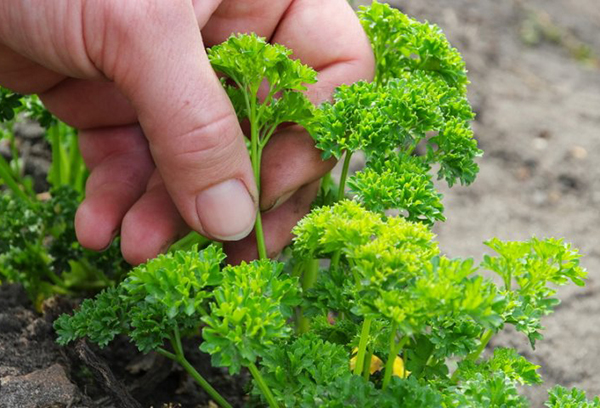

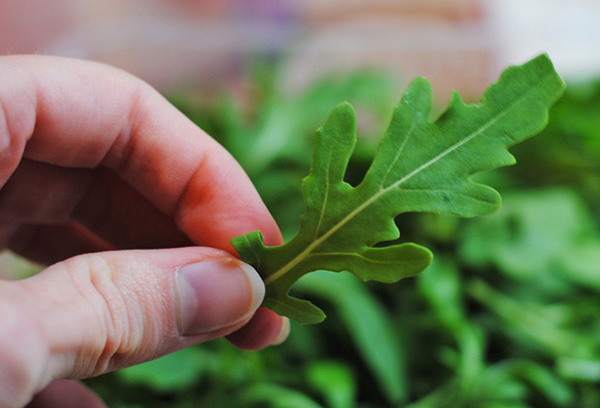
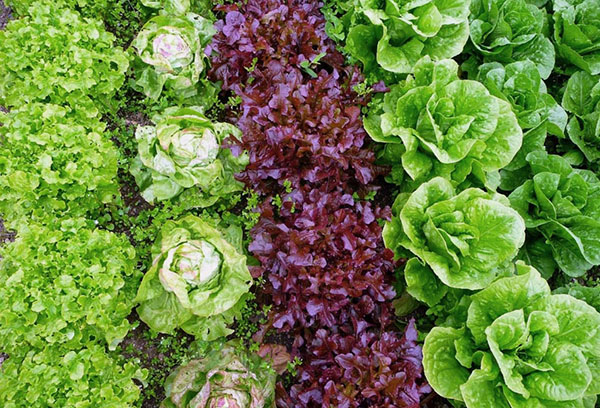

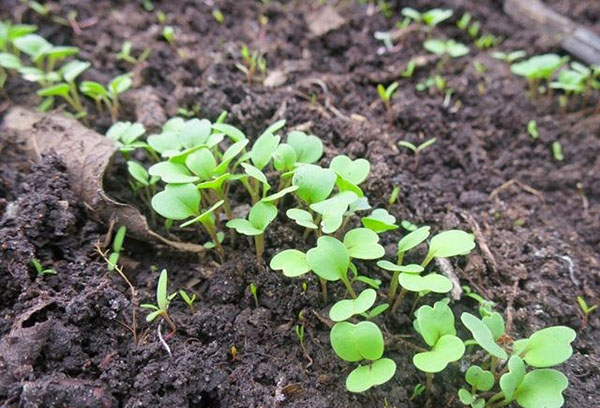
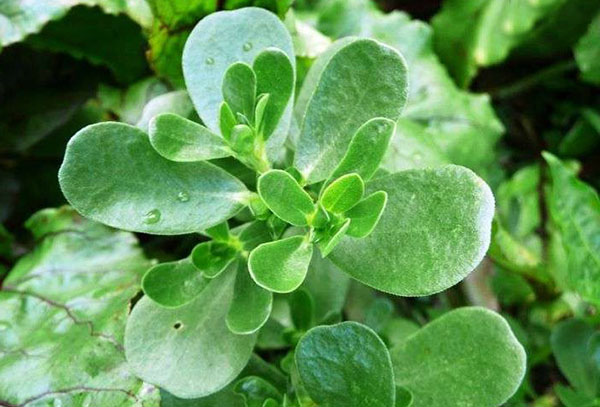
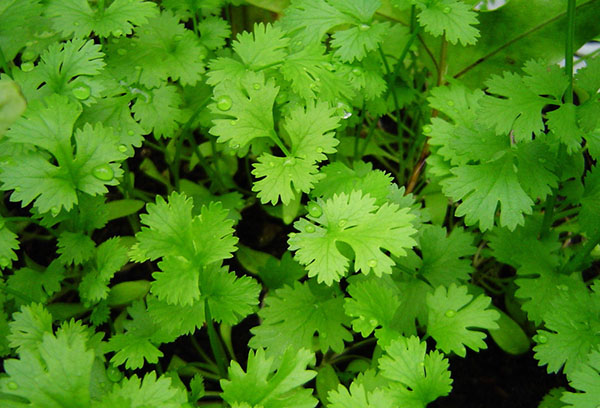

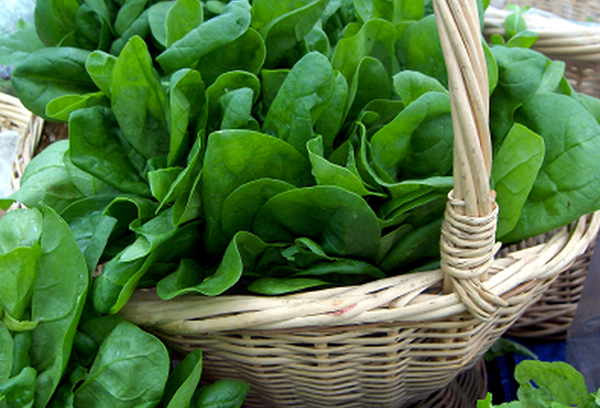

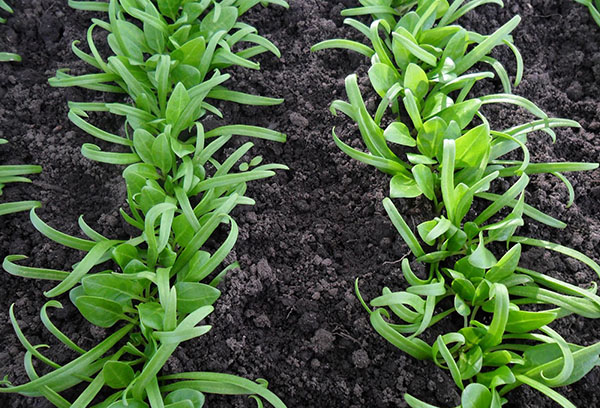
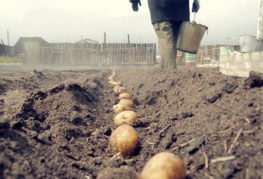
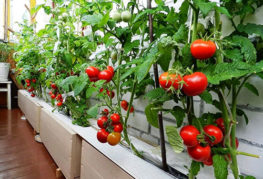
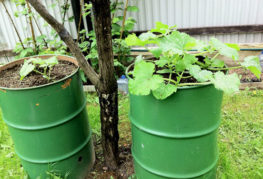
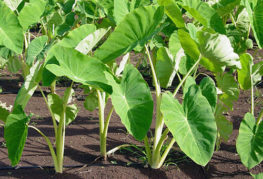


Very interesting! Although I am not a summer resident, I love all kinds of greens and eat in armfuls like a horse!